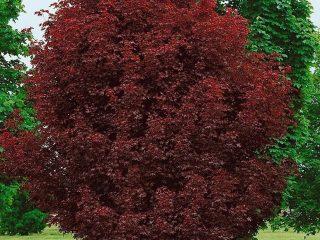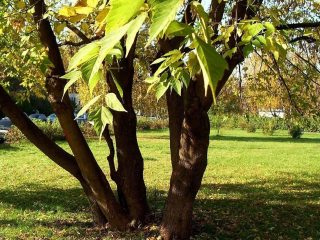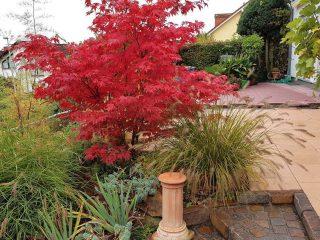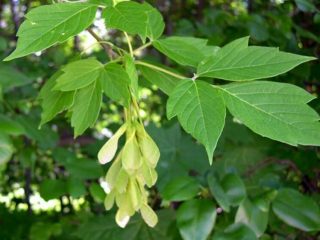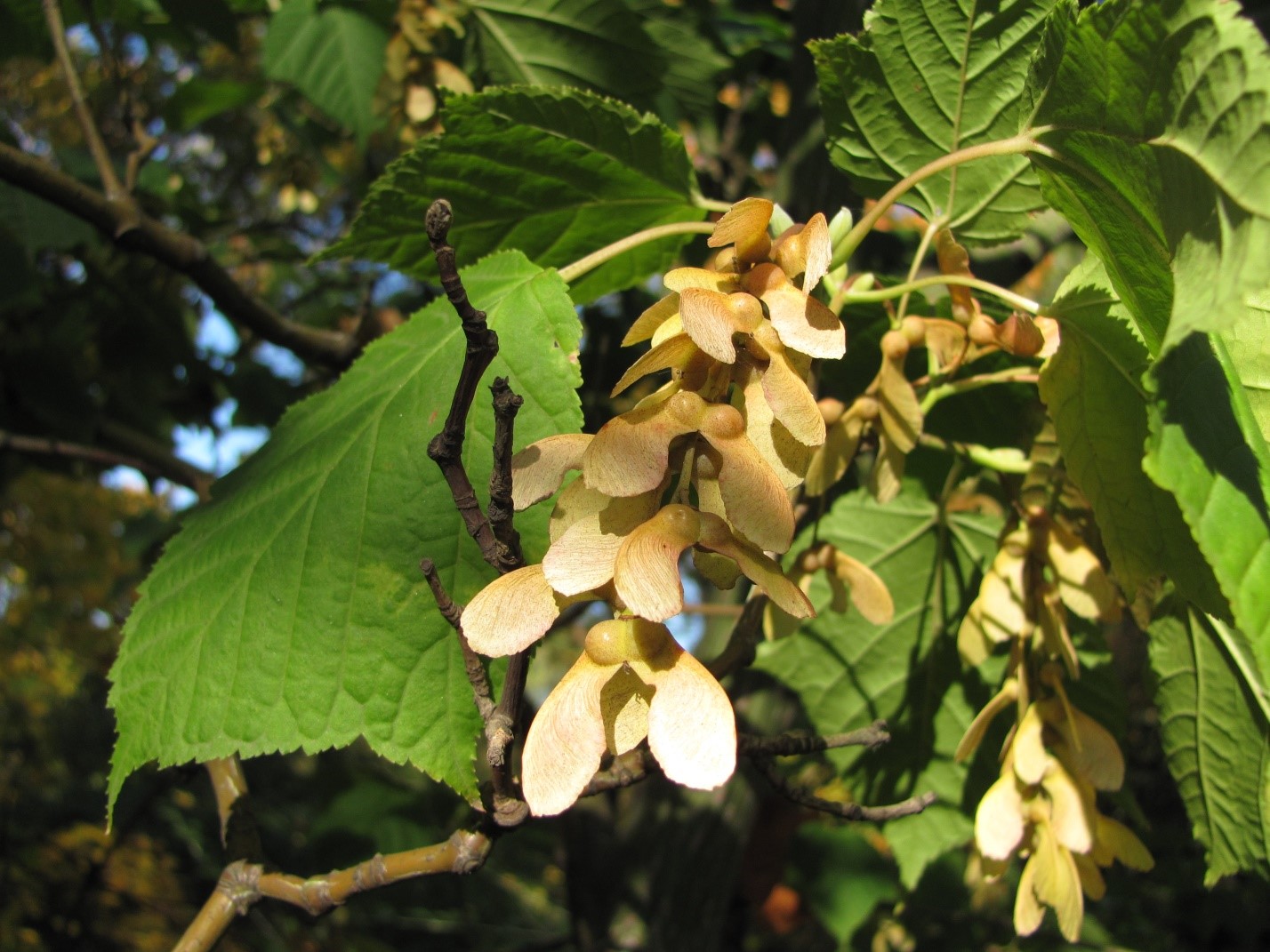Content
Globosum maple is a dwarf tree widely used in the design of gardens and parks. The main difference between the variety and ordinary maple is not so much in size as in shape. Its crown always remains spherical, even despite the lack of pruning, which is very much appreciated by gardeners.
Breeding history
There is little information about the creation of Globozoom. The crop is a variety of Norway maple. It was bred in a Belgian nursery in 1873.
Description of Globosum maple
Due to its decorative appearance, the tree is of interest to novice gardeners: is it suitable for planting in Russia, what conditions are necessary for it. The plant is actually grown in the Moscow region and to plant it, simple instructions are enough.
Globosum maple dimensions
Norway maple variety Globouzm on a trunk reaches about 7-9 m in height. The crown has the shape of a sphere or hemisphere, the diameter is about 5 m. The tree grows slowly, and forms buds only at the height where it was grafted.

The growth feature allows gardeners to “customize” the appearance of the maple to their liking
Leaves
The maple leaves of the Globosum variety have a segmented structure, divided into five equal parts. The lower ends are thick and have a heart shape. The upper tips are small and pointed, resembling Norway oak in appearance.
Globosum first produces pinkish leaves that gradually turn green.

The outer side of the plate has a glossy surface, while the inner side is much rougher
Flowers and fruits
From April to July, golden-colored flowers appear on the tree. They are collected in numerous inflorescences. Each bud grows up to a centimeter in diameter. At this time, the maple exudes a delicate aroma.

In September-October, two-winged fruits appear in place of flowers.
Planting and care
The seat is chosen in advance. A tree can grow on a site for more than 100 years. Globosum does not like transplants, so the territory must fit perfectly - the owner will not have the opportunity to correct it.
The tree is very demanding on the quality of the soil. It requires fertile substrates of moderate humidity.

Salinity and excess liquid are the main factors hindering maple growth
The Globosum maple, thanks to its strong trunk, survives Russian winters without problems. At the initial stages, it is better to cover the tree with spruce branches or dry leaves. With the arrival of spring, a nitrogen-containing additive is added to the soil, and the use of rotted manure is allowed. Feed no more than once a year.
Fallen vegetation is periodically removed. Dry branches are cut off during sanitary pruning. It is possible to form a crown, but it is not necessary.Watering is carried out once every 30 days, in summer - four times more often. Each tree requires 30 to 45 liters of water depending on its age.
Reproduction
Globosum maple is propagated by cuttings, seeds or grafting. Many people recommend the latter method, as it is the fastest. The workpiece for grafting is cut in early spring, when the buds have not yet opened.

The bark is carefully cut and the area is treated with garden varnish.
Diseases and pests
Excellent immunity does not guarantee that the Globosum maple will never be attacked by insects or diseases. Dangerous pests include mealybugs, whiteflies and weevils.
At the first signs of appearance, the tree is watered with copper sulfate. You can use chlorophos. The substances are mixed with water, the solution is poured into a spray bottle and the shoots are treated.
The Globosum maple may be unwell due to gray or black spotting. The action of the disease is indicated by the formation of spots. Infected areas should be immediately removed, the cut areas should be covered with varnish and the planting should be sprayed with a fungicide.
Globosum maple in landscape design
The dwarf tree looks organically in solitary varieties, at the ends of garden paths or near the entrance to the site.

It is appropriate to combine maple with shrubs, but it is recommended to avoid proximity to annuals, as they often require a lot of moisture
Conclusion
The Globosum maple has gained popularity due to its surprisingly even crown, which does not require decorative trimming at all, as well as its relative unpretentiousness. Landscape designers value wood above all others, because in the right hands it can become an excellent tool in landscaping areas.
